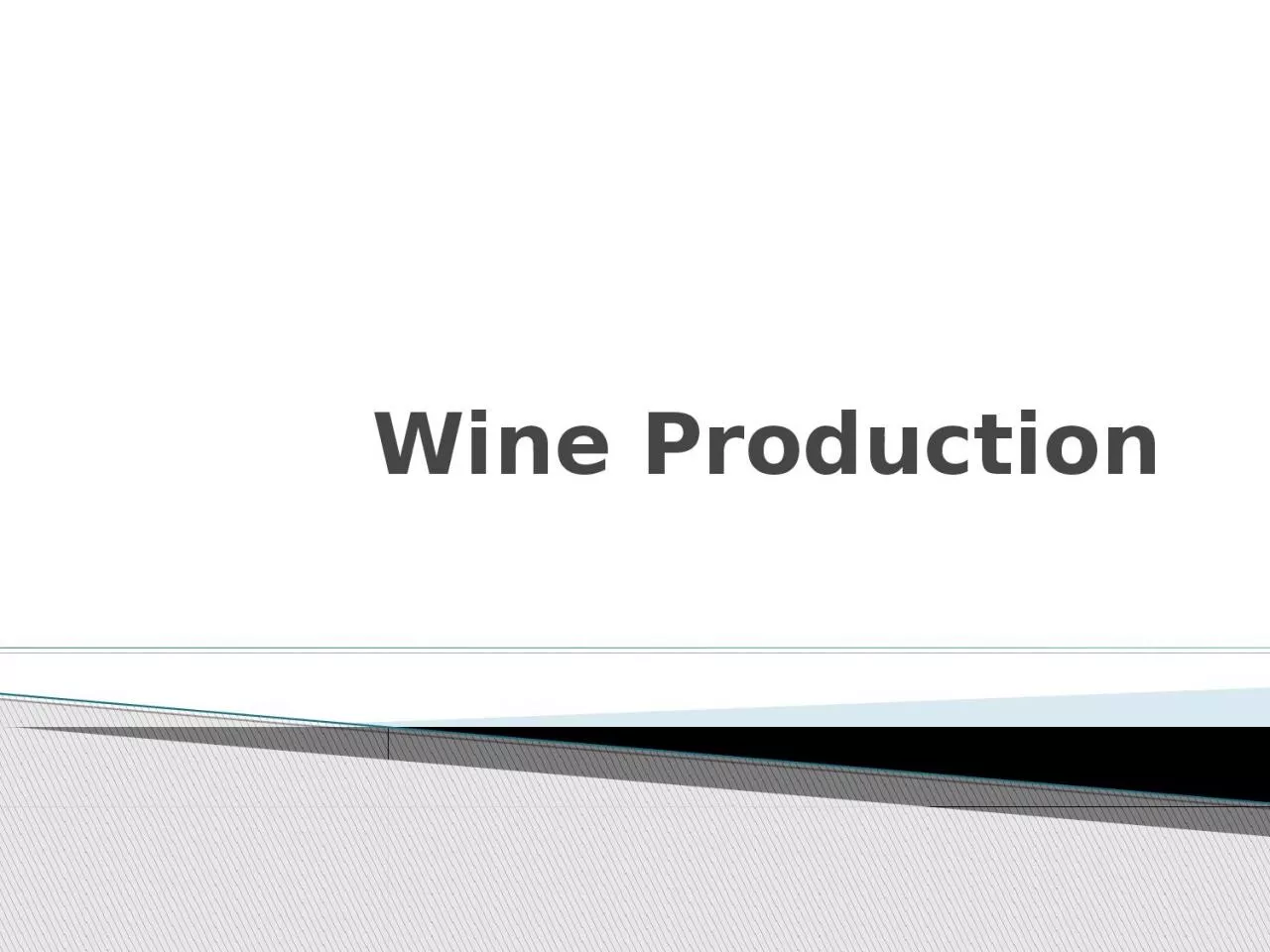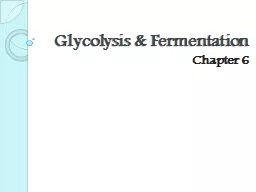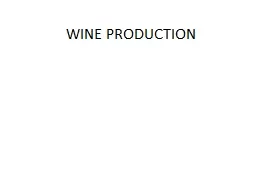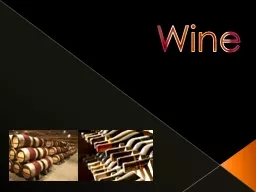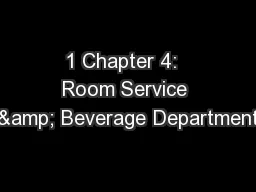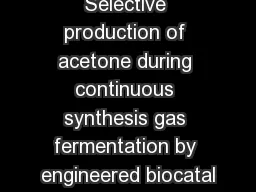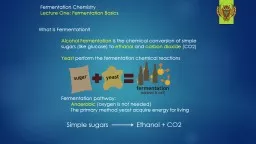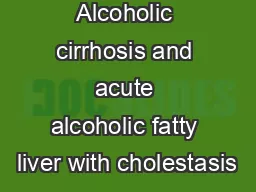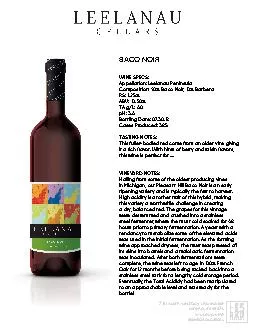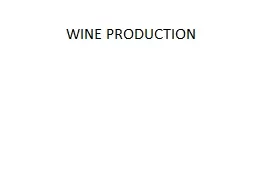PPT-Wine Production Wine is an alcoholic beverage made by the fermentation
Author : jones | Published Date : 2023-06-25
of grape juice or other sugarcontaining substrates including honey sugarcane fruit juices and other plant juices containing sugars such as palm tree sap floral
Presentation Embed Code
Download Presentation
Download Presentation The PPT/PDF document "Wine Production Wine is an alcoholic bev..." is the property of its rightful owner. Permission is granted to download and print the materials on this website for personal, non-commercial use only, and to display it on your personal computer provided you do not modify the materials and that you retain all copyright notices contained in the materials. By downloading content from our website, you accept the terms of this agreement.
Wine Production Wine is an alcoholic beverage made by the fermentation: Transcript
Download Rules Of Document
"Wine Production Wine is an alcoholic beverage made by the fermentation"The content belongs to its owner. You may download and print it for personal use, without modification, and keep all copyright notices. By downloading, you agree to these terms.
Related Documents

